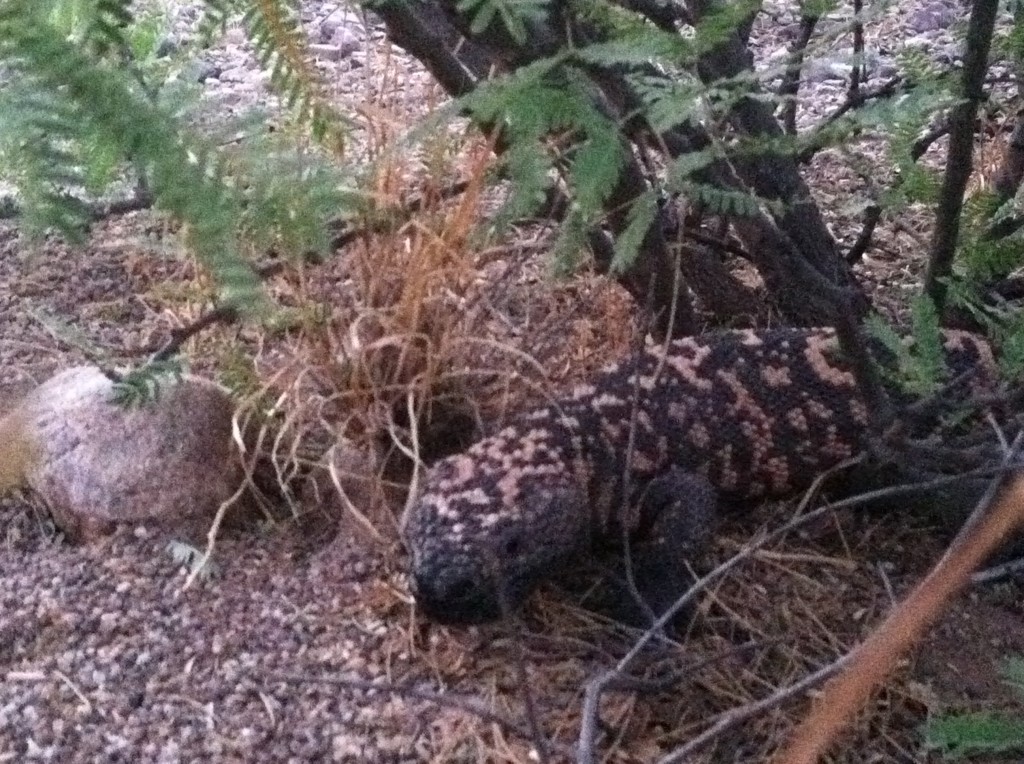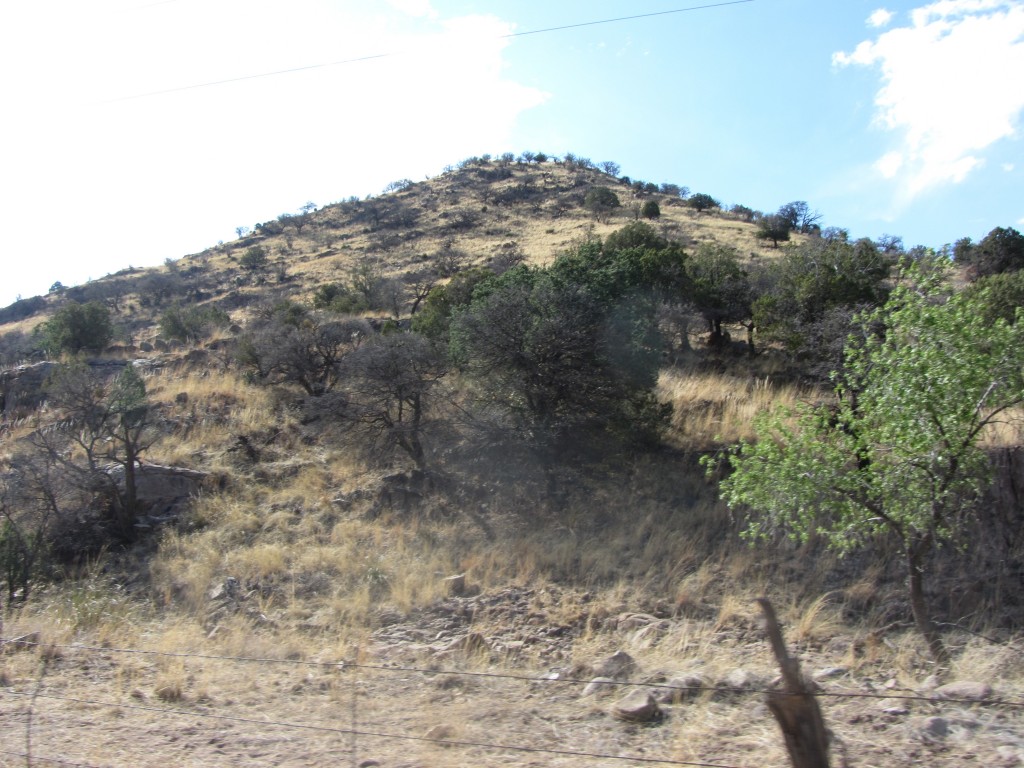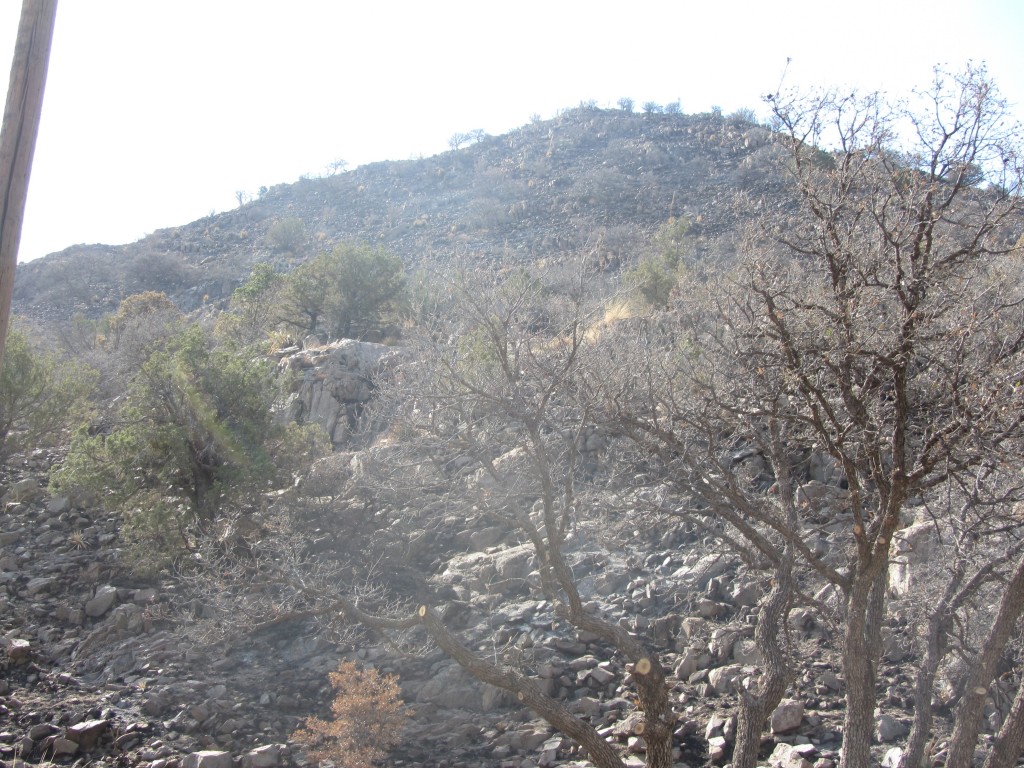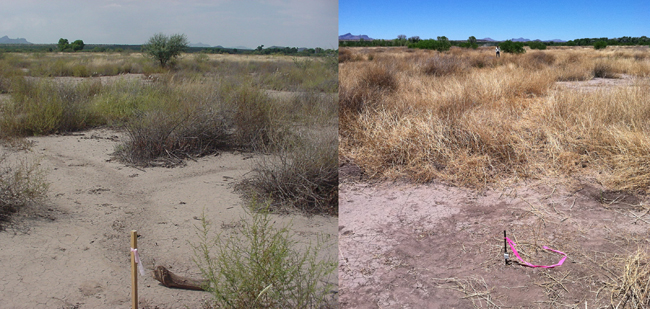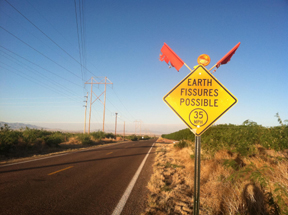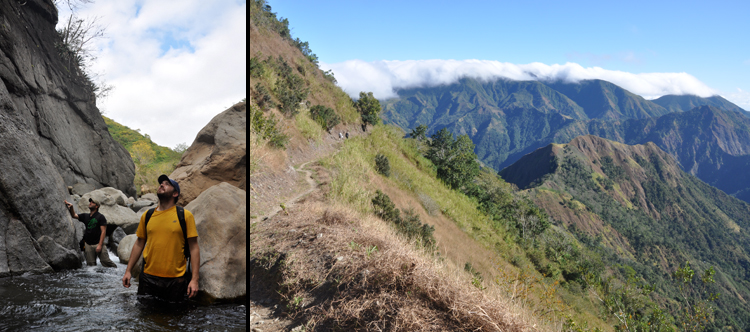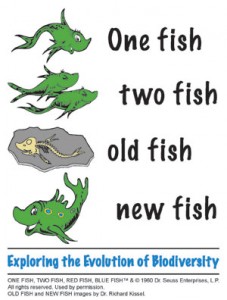Bob Minckley and amigos relocated and resampled all the vegetation plots in Mexico that had been established in 2000. Some of the plots, especially those that are near water, have changed considerably.
Towards the end of the trip, a few individuals of Colorado River Toad (Bufo alvarius) and Gila Monster (Heloderma suspectum) were out in anticipation of the rainy season.
The Horseshoe fire in the Chiricahua Mountains burns on and the worst part of it will be when the rains begin and there is no vegetation to slow the water and the soil suspended in it. Here are some pictures from El Coronado Ranch on the east side of the Chiricahua Mountains in east Turkey Creek Canyon. It is remarkable to see how variable fires can be. In some areas the understory grasses and shrubs burn and most trees appear to live and in other nearby areas everything burns.
The hillside below was a hot spot, as you can tell by comparing the two pictures taken two weeks apart.



